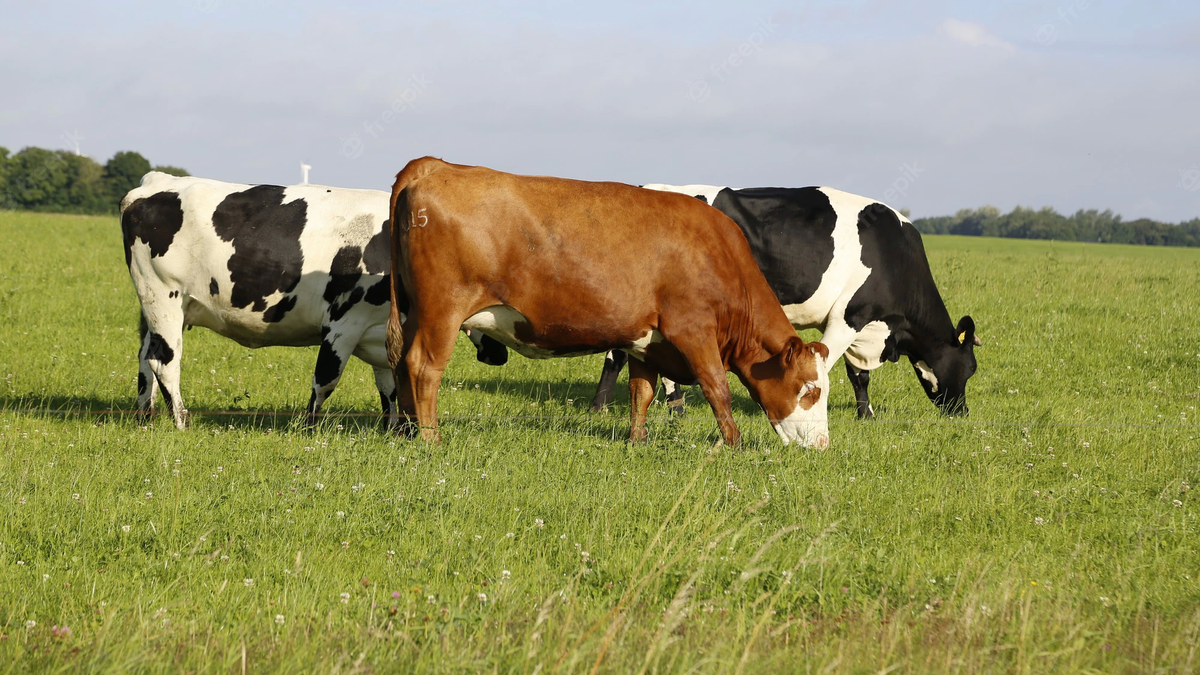Recent rains gave hope to cattle market that in the short term may be reflected in prices, although the farm market He did not have the same luck since the rainfall was not enough to save the harvest; The same happened with the wool market, which was affected by the global uncertainty caused by the financial crisis of the last week.
The livestock market would begin to balance its offer, which would lead to a normalization of values, due to the fact that the rains brought peace of mind to the sector and improved the position of livestock producers.
The price of the grazing steer has strengthened once again in the last week. The best trained, special, and volume animals trade at $4.40 per kilo carcass and even a few cents more, operators in the sector affirmed. Although there is still very little supply in this category, as reported Blasina and Associates.
On the other hand, the fat cows reflect a significant price gap with respect to the fat one, with values between 3.80 and 3.90 dollars per kilo. But the significant increase in supplies of this type of cattle —driven by the drought— could begin to slow down and, as a consequence of the rains, balance the values.
Likewise, the demand from slaughterhouses remains interesting, with slaughter levels above 45,000 heads for the last six weeks. In the last week the industry worked 47,347 animalsrose 5% after three weeks down.
The rise in fat cattle prices and the stable values that the replacement maintains are allowing feedlots to reactivate their activity, slowed down since the second half of 2022.
With a weekly average of $4,471 per ton and at 4,413 dollars for the last 30 days, the price of exported meat remains 10% above the values at the beginning of February. In the last week, the rise that had been going on for four consecutive weeks came to a halt. And possible increases are expected against the growth of African sponsor fever cases in China.
The grains did not suffer the same fate
Although the rains seemed a beacon of hope for producers, the agricultural sector already has a large part of its harvest lost, especially the soybean sector. In expoactiva it was confirmed that the loss of the soybean harvest was 80% compared to 2022, between 500 thousand and 600 thousand last year against 2.8 million tons this year. Even low-risk crops will lose great productivity since the rains on the Uruguayan coast did not make a big appearance.
According to the State Insurance Bank (BSE), it is one of the biggest losses in many years because 60% of the rural market must pay between 70 and 90 million dollars in crop and yield insurance policies. Soybeans and corn are insured in the bank with 390 hectares and 180 of them with yield insurance, which takes into account drought, deficit and excess water.
In Argentina, the Buenos Aires Grain Exchange (BCBA) it again revised downward the estimates of soybean and corn production, and cut four million tons (-14%) of the current harvest, taking it from 29 to 25 million tons.
It is a 42% drop compared to the previous campaign (43.3 million tons) and 48% less than the first estimate for this year: 48 million tons. Also, it is about lowest level of production in 23 yearsonly above the 20.1 million tons produced in 1999/2000.
For corn, the reduction was 1.5 million tons (-4%), taking it from 37.5 to 36 million tons and marking a drop of 31% in relation to the previous season. The scarcity of the grain worsens both for the Argentine and Uruguayan markets.
In Argentina, the Buenos Aires Grain Exchange (BCBA) it again revised downward the estimates of soybean and corn production, and cut four million tons (-14%) of the current harvest, taking it from 29 to 25 million tons.
It is a 42% drop compared to the previous campaign (43.3 million tons) and 48% less than the first estimate for this year: 48 million tons. Also, it is about lowest level of production in 23 yearsonly above the 20.1 million tons produced in 1999/2000.
For corn, the reduction was 1.5 million tons (-4%), taking it from 37.5 to 36 million tons and marking a drop of 31% in relation to the previous season. The scarcity of the grain worsens both for the Argentine and Uruguayan markets.
The wools in a bad moment
The financial crisis of the last week affected the wool market because the perception of risk increased and was accompanied by the rise in interest rates in different countries with the prospect of a decrease in consumption that is reflected in the drop in prices. oil prices. This led to the Uruguayan wool market also suffering the consequences with an almost complete stoppage of transactions and an offer with prices that do not help.
Source: Ambito


